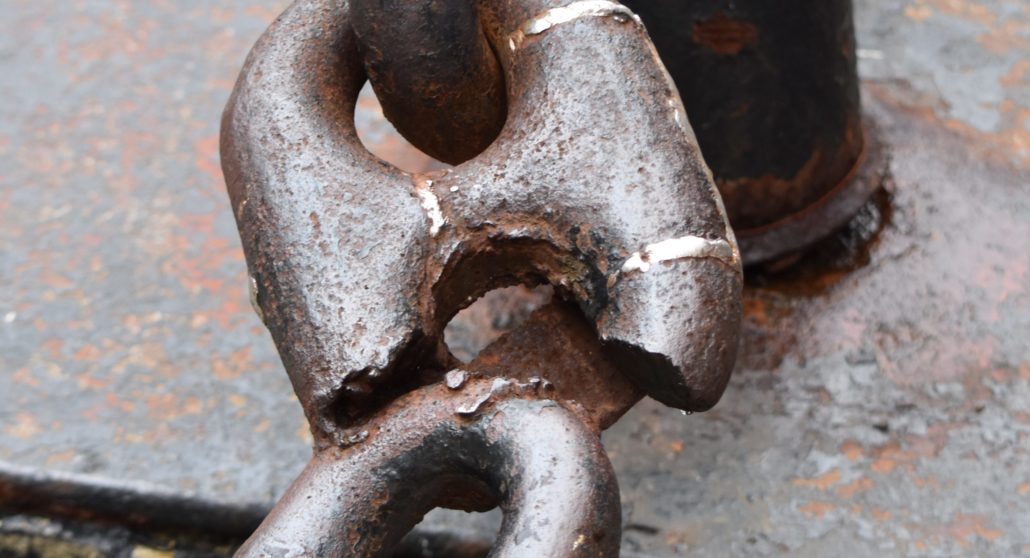At the end of 2021, the worst of the supply chain breakdown seemed to be behind us. Container volume at key ports had reached new highs and retailers had booked record annual revenue. However, three months later, we might be sliding backward. Goods at China’s second largest port, Shenzhen, were already declining when the city recently locked down. The war in Ukraine threatens 30% of the world’s wheat and 60% of the world’s sunflower oil supplies, while severing supply lines for nickel and aluminium. Half the world’s neon, a crucial element in semiconductor chips, is refined in Ukraine and Russia.
Consumer-facing companies, including the automotive industry, face challenges. For example, how to sell a new car when it’s missing the chips needed to operate all the features that buyers ordered? Ford recently announced that it will sell vehicles without chips that control non-safety features, such as seat warmers, promising to install them within a year. This second wave of supply chain crises has caught many retailers by surprise. Even if retailers can “catch up” by the end of 2022, does the standard to which we are catching up to even exist anymore? Can supply chains “get back to normal” when normal itself is questionable?
How consumer-facing companies can adapt to the new normal
It seems the days of free-flowing global trade are behind us. Geopolitical events are out of the control of executives. What they do control is what they know and can learn about how customers act and react. While retailers are being forced to maintain higher safety stock, what matters even more is having a detailed understanding about consumer preferences that is up-to-the-minute, not just based on the latest long- or medium-term cycle of consumer behaviour. To survive supply chain disruptions, retailers should be analysing the effect on consumers of promotions and sales as they occur, not months after the event.
Even diversification has limits. China has been integral to supply chains for decades, but the recent crisis is forcing companies to attempt to mitigate supply shocks by reducing dependencies on individual countries and diversifying their suppliers. US companies have attempted to address supply chain issues by chartering freighters, re-routing shipping to smaller ports, and relying more on airfreight. Companies with more vertical integration or diversified supply chains, such as electronics manufacturers, have reduced concentration in certain regions and spread their supply chain across Asia. Yet, lead times remain elevated because this has only marginally helped and are generally not scalable.
Staying ahead in the new normal for supply chains
The companies that can keep abreast of their customer base through research, surveys, and data mining will be more able to quickly adjust their pricing and other promotional tactics. These tactics may even get your organisation closer to matching demand with supply. Many industry professionals believe that it is time to start adjusting to new realities as opposed to sit and wait for large-scale disruptions to simply stop occurring. Rather than aiming on simply weathering the storm, perhaps retailers should assume the worst in terms of time span and then look for new ways to use that disruption to modify how business processes operate.
More information
How is your organisation adapting to the new normal? B2BE have an extensive range of solutions to automate your supply chain and stay ahead amidst current industry challenges. Find out more by getting in touch.
